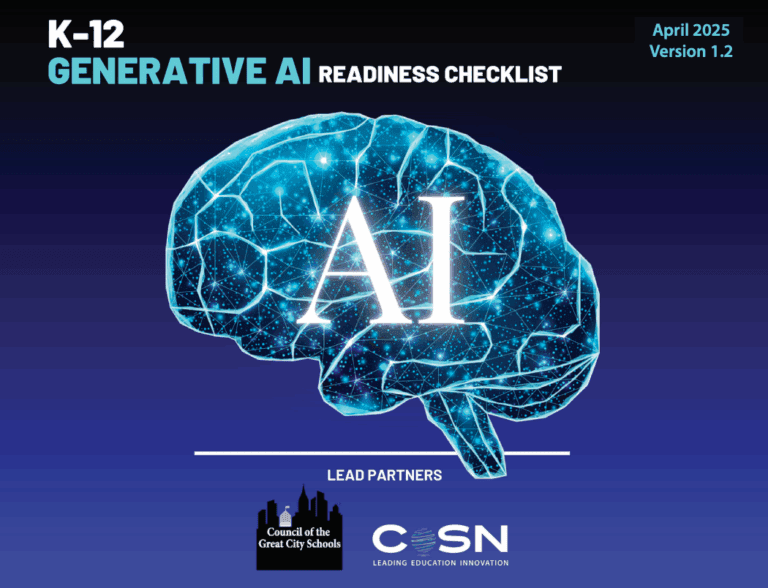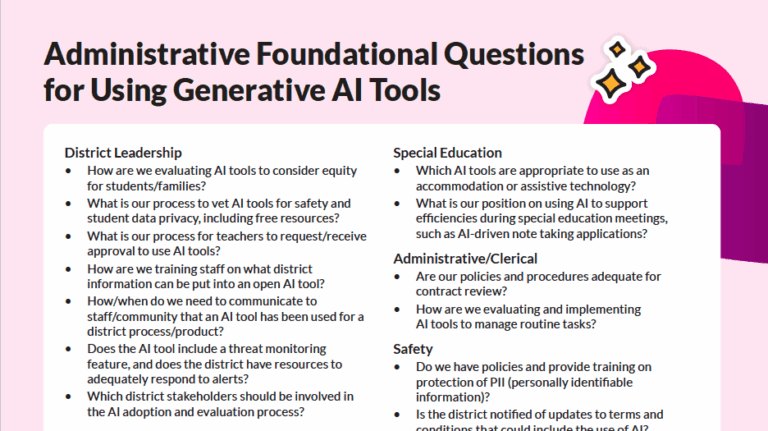Fueled by new directives to create equitable outcomes for all students, California schools are re-evaluating how they serve disadvantaged learners. But many will make a crucial error: mistaking equity for equality.
“Equity is not equality. It’s creating unique strategies that meet the unique needs and draw on the unique strengths of all students… When we implement initiatives and reforms we often do it with a colorblind approach, without a view of the unique attributes of the kids we serve, so it doesn’t impact all kids equally.” – Joe Feldman, CEO of Crescendo Education Group and a presenter for Equity 101, a series of workshops designed to help district teams and individual leaders build the cultural proficiency needed to provide sound equity leadership.
Education researcher Jessica G. Rigby defines equity as creating conditions for learning that “interrupt historically discriminatory practices, support democratic schooling, and achieve fair, inclusive, and just outcomes.” In examining the practices of effective leaders, researchers have identified four primary principles of equity leadership:
1. Changing Your Lens
To effectively communicate with diverse school communities, administrators first need to grapple with all of the factors, from racial to cultural to socio-economic, that influence how they interact with different people. They must become, as New Jersey superintendent Larry Leverett puts it, “equity warriors”—as much social justice leaders as they are education leaders.
It takes a certain lens to spot systemized discrimination, a “special eye and sensitivity” to sometimes subtle clues, Feldman said. For example, a strong equity leader can walk into a classroom and quickly discern its social dynamics, such as who’s raising their hand, who’s sitting where who’s getting called on and who’s being disciplined. That same lens also helps administrators apply equity as a guiding principle to every leadership decision they make.
2. Understanding Your Community
Education researcher Belinda Williams argues, It’s a common edict in most teacher rubrics: Know your students both as individuals and as members of specific communities. Equity demands that educators not only become more sensitive to the views and needs of disadvantaged students but that they incorporate this awareness into their daily work.
For education leaders, it’s even more important to nurture a deep understanding of the varied histories and cultures of the constituents within school communities—through history and literature as well as through popular culture, youth culture, and community-specific knowledge. This understanding is essential for engaging diverse parents and community stakeholders in your school or district.
“If you believe that parents are a critical influencer of the students in the building (which you should), you’ve got to figure out ways to make them feel like part of the school,” Feldman said. “Think creatively about how they can have a voice and feel empowered. Many of them, if they’re parents of color or poor or immigrants, may not have had positive experiences in school. They might not even feel comfortable entering a school building.”
3. Cultivating an eye for inequity
It’s one thing to address obvious inequities within a school or district. It’s another to root out hidden disparities within classrooms and school structures. Administrators need to be familiar with the many different ways equity issues show up for students.
“They must have a deep sense of how race, class, stereotype threats and cultural discontinuity both create inequity in discipline systems and classroom practices and undercut the ability of students and families to engage in schools,” Rigby said.
For example, many teachers include subjective factors such as behavior or attitude in their grading systems, rather than assessing students strictly on academic merit. This allows teacher biases to impact student outcomes, Feldman said. It falls to administrators to guide teachers in seeking practices that eliminate individual bias from the equation.
Administrators can also apply their equity lens to student data, mining academic and disciplinary records for racial, gender or socioeconomic disparities. The numbers often reveal inequities that aren’t apparent on the surface
4. Initiating Complex Conversations
Spotting disparities are just the first step. Administrators need to be able to help others see what they see—especially teachers, who are their frontline warriors for addressing equity issues in the classroom. That means having complex conversations with staff, as well as facilitating between teachers and families with divergent backgrounds.
For example, when a principal finds evidence of teacher bias in student grade data, addressing the issue while remaining sensitive to the teacher’s needs and concerns poses a delicate challenge. Rather than confront the teacher directly, Feldman said, a strong equity leader would present the data anonymously and pose the equity issue to the staff as a whole.
“It opens up a conversation about the possible reasons,” he said. “What are the things we need to work on as a school? It’s not just an individual teacher conversation, it’s a school-wide conversation.”
In fact, researchers have directly linked the ability to skillfully navigate these types of conversations with the ability to increase equitable outcomes. One study identified three factors that make administrators more likely to disrupt historical inequities:
- Using explicit equity language. Successful leaders weave equity into everything they say and do. Many develop equity “mantras” for use in multiple situations.
- Communicating clear expectations. When an issue arises, administrators provide concrete next steps for increasing equitable outcomes.
- Translating micro issues to macro context. Taking a broader perspective helps teachers see how smaller issues point to structural problems.
By incorporating these four principles of equity leadership, educators can start moving away from equality and toward ensuring quality learning experiences for all students.


































